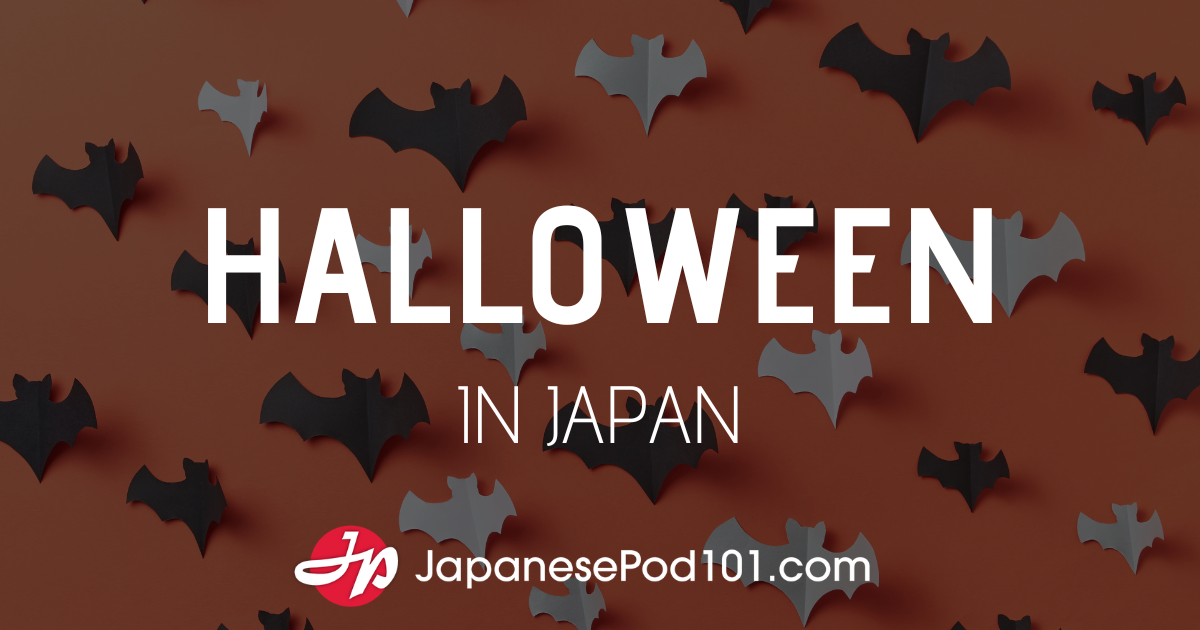Henshall says that, in 鮮, 魚 means “fish,” while 羊 means “sheep.” No surprises so far. But now it gets strange: 羊 lends connotations of “fine” here. (Huh? How?) A “fine fish” is essentially a fresh fish, which has come to mean “fresh” in general. “Clear” and “vivid” are extended meanings.
Learn Japanese in minutes!
Sign up and start speaking now!
Blog Posts
- Popular
- Recent
-
How to Say Hello in Japanese: Practical Japanese Greetings
January 12, 2019Greetings are the most important things to learn when learning a new language. Japanese greetings are not only words... -
How To Say ‘Thank you’ in Japanese
November 27, 2017In most cultures, it is custom to express gratitude in some way or another. The dictionary defines gratitude as... -
How to Say I Love You in Japanese – Romantic Word List
February 7, 2019Do you often feel lonely and sad? Do you long for romance and are willing to do whatever it takes to meet that...
-
Halloween in Japan: From Spectacle to Celebration
October 29, 2025Does Japan celebrate Halloween? Absolutely—but in a way that's uniquely its own. What began as a borrowed Western... -
JLPT N4 Study Plan: with 40-Day Daily Calendar
October 13, 20251. Can 40 Days Really Prepare You for JLPT N4? Many learners hear they need hundreds of hours to pass the... -
30-Day JLPT N5 Study Plan with Downloadable Calendar
October 6, 20251. Can 75 Minutes a Day Really Get You JLPT N5-Ready? Over 70% of first-time test-takers pass the JLPT N5 with...









